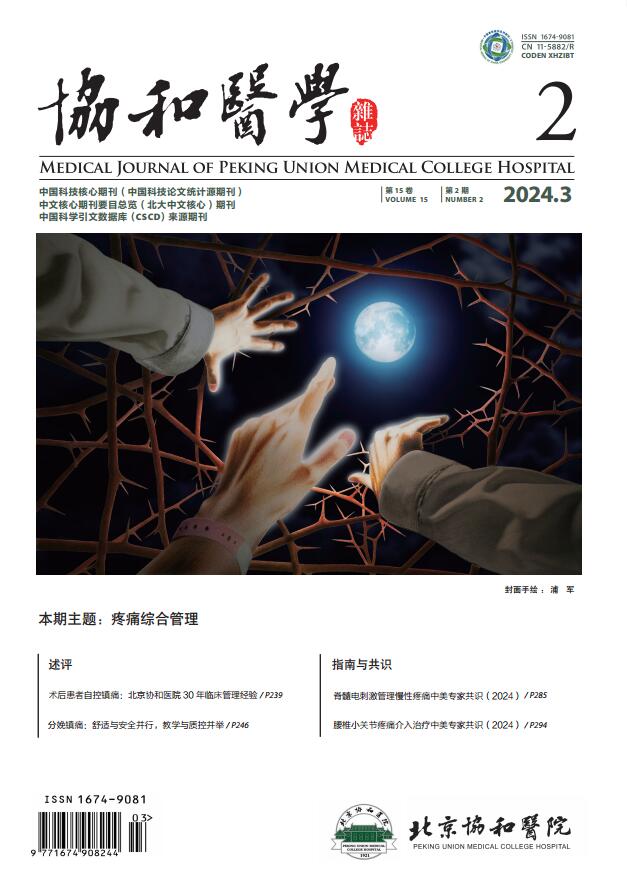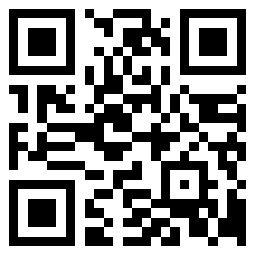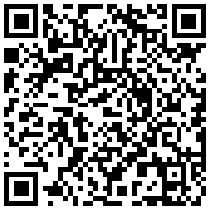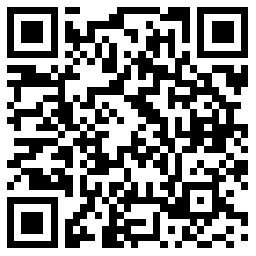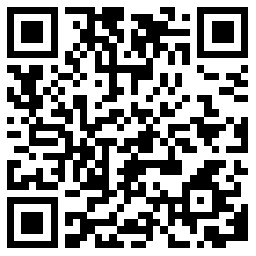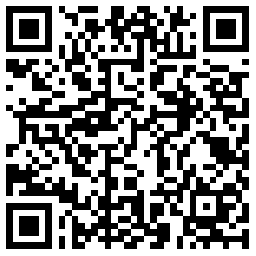Submission to the journal
We welcome submissions of original research articles, review articles and editorials on clinical aspects of topics in full-length to the journal . Short communications and case reports should focus on complicated clinical cases or rare diseases.
Manuscripts should be submitted online at http://xhyxzz.pumch.cn with a covering letter in which the corresponding author’s address, telephone numbers, mobile phone and e-mail address are included. Please also include details of any previous submission of the manuscript.
Authorship
All authors should have made substantial contributions to all of the following: (1) the conception and design of the study, or acquisition of data, or analysis and interpretation of data; (2) drafting the article or revising it critically for important intellectual content; (3) final approval of the version to be submitted. All contributors who do not meet the criteria for authorship as defined above should be listed in an acknowledgements section.
Clinical trials
We recommend that authors adopt the proposal from the International Committee of Medical Journal Editors (ICMJE) for publication of clinical trials, which requires registration in a public trials registry as a condition for publication. The clinical trial registration number should be included at the end of the abstract of the article. The clinical trial herein refers to any research project that prospectively assigns human subjects to intervention or comparison groups to study the cause-and-effect relationship between a medical intervention and a health outcome. Study designed for other purposes, such as to study pharmacokinetics or major toxicity (e.g. phaseⅠtrials) would be an exception. For further information, please visit www.icmje.org.
Biomedical ethics
Xiehe Yixue Zazhi requires that works involving in human beings should follow the Recommendations guiding physicians in biomedical research involving human subjects of the Declaration of Helsinki. Adopted by the 18th World Medical Assembly, Helsinki, Finland, June 1964, amended by the 29th World Medical Assembly, Tokyo, Japan, October 1975, the 35th World Medical Assembly, Venice, Italy, October 1983, and the 41st World Medical Assembly, Hong Kong, September 1989. The manuscript should contain a statement that the work has been approved by the ethical committees of institution(s) where the study was performed, and whether informed consents were obtained from the involved subjects. Studies involving experimental animals must state how they follow the national / institutional guidelines for humane animal treatment and relevant legislation. Patients' and volunteers' names, initials, and hospital numbers should not be identified in the manuscript.
Conflict of interest disclosing
At the end of main text, under a subheading of "Conflict of interest statement", authors must disclose any financial and personal relationships with other people or organizations that could inappropriately influence (bias) their work. Examples of potential conflicts of interest include employment, consultancies, stock ownership, honoraria, paid expert testimony, patent applications/registrations, and grants or other funding.
Role of funding source declaration
All sources of funding should be declared as an acknowledgement at the end of the main text. Authors should declare the role of sponsors in the study, if any, e.g., the study design, data collection, data analysis / interpretation, manuscript writing, submission of the manuscript for publication, etc. If the study sponsors had no such involvement, it should also be stated.
Peer review policy
Only manuscripts of high relevance and suitability will enter into the peer review process, which includes at least two internationally acknowledged experts in the field, in order to ensure that all published manuscripts provide new scientific knowledge. We adopt the double-blind principle when the manuscripts enter into the peer review process. Authors may suggest peer reviewer, or a specific individuals not be involved in review process, but the editorial board retains the final decision for choosing a peer reviewers.
Open data policies
Submission of a manuscript to Xiehe Yixue Zazhi implies that materials described in the manuscript, including all relevant raw data, will be freely available to any scientist who wishes to use them for non-commercial purposes. Nucleic acid sequences, protein sequences, and atomic coordinates should be deposited in an appropriate database in time with an accession number included in the published article. In computational studies where the sequence information is unacceptable for inclusion in databases because of lack of experimental validation, the sequences must be published as an additional file with the article.
Copyright
Upon acceptance of an article, authors will be asked to complete a 'License Agreement'. Xiehe Yixue Zazhi applies the Creative Commons Attribution-NonCommercial-NoDerivatives 4.0 International (CC BY-NC-ND 4.0) license to published articles.
Proofs
One set of page proofs in PDF format will be sent by e-mail to the corresponding author. Please use this proof only for checking the typesetting, editing, completeness and correctness of the text, tables and figures.
Publication charges
Submissions will be subject to an article processing charge (APC) if accepted and published in Xiehe Yixue Zazhi: 6000 CNY (Chinese Yuan) for original article,5000 CNY (Chinese Yuan) for others.
Structure of manuscripts
Manuscripts in general should be organized in the following order:
- Title (should be clear, descriptive and not too long)
- Name(s) of author(s)
- Complete postal address of affiliations
- Full telephone, and email address of the corresponding author
- Complete correspondence address and email address to which the proofs should be sent
- Abstract, structured as: Background & objective, Methods, Results, and Conclusion.
- Key words (indexing terms), a list of 3-5 key words must be provided with every article
- Introduction
- Material studied, area descriptions, methods, techniques
- Results
- Discussion
- Conclusion
- Conflict of interest statement, acknowledgement of the contributor(s) that not meet the criteria for authorship, and/or role of the funding source in the study.
- References
- Tables and Figures
References
Reference should be numbered in the order they appear within the manuscript; in the text, they should be referred to by numbers in square brackets as a superscript. Only articles and abstracts that have been published or are in press, or are available through public e-print/preprint servers, may be cited; unpublished abstracts, unpublished data and personal communications should not be included in the reference list, but may be included in the main text. Notes / footnotes are not accepted. Obtaining permission to quote personal communications or unpublished data from cited author(s) is the responsibility of the author. Journal abbreviations follow Index Medicus/Medline. Citations in the reference list should list the first 3 authors when there are 3 or more authors, and add “et al”.
In the reference list, periodicals [1], single author books [2] and multi-author books [3] should accord with the following examples:
[1] Vierimaa O, Georgitsi M, Lehtonen R, et al. Pituitary adenoma predisposition caused by germline mutations in the AIP gene[J]. Science,2006,312:1228-1230. doi:10.1126/science.1126100.
[2] Zhang ZN. Criteria of diagnosis and therapeutic response in hematologic diseases[M]. 2nd ed. Beijing: Scientific Publication, 1998:168-360.
[3] Osamura RY. Tumours of The Pituitary Gland[M]//Lloyd RV,Osamura RY,Klöppel G,et al.WHO Classification of Tumours of Endocrine Organs.4th ed. Lyon: International Agency for Research on Cancer,2017:11-64.
Figures and figure legends
Figures should be provided as separate files and should not be included in the main text of the submitted manuscript. Each figure should comprise only a single file in TIFF (preferred format for diagrams), PDF, PNG (preferred format for photos or images), Microsoft Word (figures must be a single page), PowerPoint (figures must be a single page), JPEG, or BMP format. Colorful images must be in RGB (red, green, blue) mode. Include the font files for any text. Figures wider than 1 column should be between 10.5 cm and 18.0 cm wide. Numbers, letters, and symbols should be no smaller than 6 points (2 mm) and no larger than 12 points (6 mm) after reduction and must be consistent. Do not save figure numbers, legends, or author names as part of the image. File sizes should not exceed 5 MB. Images should not exceed 500 pixels per inch in width or height.
The legends should be included in the main manuscript text file immediately following the references, rather than being a part of the figure file. For each figure, the following information should be provided: figure number in sequence using Arabic numerals (e.g., Fig 1, Fig 2, Fig 3); short title of figure (maximum 15 words); detailed legend, up to 300 words.
Figures and photographs should not contain any information that can identify the patient, such as name, hospitalization number, examination serial number, etc. Appropriate cover on the sensitive parts of body is required.
Please note that it is the responsibility of the author(s) to obtain permission from the copyright holder to reproduce figures or tables that have previously been published elsewhere.
Tables
Each table should be numbered in sequence using Arabic numerals (e.g., Tab 1, Tab 2, Tab 3). Tables should also have a title that summarizes the whole table, maximum 15 words. Detailed legends may then follow, but should be concise.
Smaller tables considered to be integral to the manuscript can be pasted into the end of the document text file, in portrait format (please note that tables on a landscape page must be reformatted onto a portrait page or submitted as additional files). These will be typeset and displayed in the final published form of the article. Such tables should be formatted using the 'Table object' in a word processing program to ensure that columns of data are kept aligned when the file is sent electronically for review; this will not always be the case if columns are generated by simply using tabs to separate text. Columns and rows of data should be made visibly distinct by ensuring the borders of each cell display as black lines. Commas should not be used to indicate numerical values.

 Submit
Submit Review
Review Office
Office Email Alert
Email Alert RSS
RSS



